INTRODUCTION
Hi, Pixel_Lime here. I'm from Ukraine and I will soon be turning 23 years old.
I have been studying 3D graphics since I was 14-15 years old, but I wasn't passionate about it. I was more interested in drawing on paper and painting on canvas. I thought that if I learned how to draw in 2D, it would be easier for me to learn 3D.
In 2021, when I turned 21, I became really interested in 3D and decided to learn Blender because it's open source and has improved so much since I first tried it many years ago. Probably one of the main reasons I chose Blender is the Grease Pencil and the ability to stylize 3D in cool ways.
INSPIRATION
I haven't done any creative work since February 24, 2022, when the Russian invasion of Ukraine changed everything. It's hard to get inspired in a situation like this.
However, as 2023 began, I wanted to create something new in Blender.
I was inspired by the cute illustration by stefscribbles.
watermelon ? pic.twitter.com/Uo7crWZoMM
— Stef (@stefscribbles) July 16, 2020
MODELING
I modeled objects using simple forms.
The head, ears, tail, dress, legs, arms, watermelons, leaves, and other elements were made as separate objects to make it easier to animate later.
TEXTURING
I like to draw textures myself, so all textures were hand-painted in the Texture Paint tab. I tried to draw the textures so that they looked like the original illustration.
I hope the Blender developers will add layers to the Texture Paint soon because it's not convenient to draw everything on a single layer.
To add more details and make the strokes look like a real brush, I used the brush pack by Omar Faruq Tawsif. This technique made the objects look less flat.
GREASE PENCIL
Adding Grease Pencil strokes is my favorite step. I really love using Grease Pencil in Blender.
To make the strokes stick to the objects while drawing, I set it up like this:
I added the Noise modifier to animate Grease Pencil strokes. (For the scared watermelon-chicken, I used three steps to make it twitch faster.)
OUTLINE
To complete the cartoonization of the models, I added an outline.
If you don't know how to create an outline in Blender, check out this video; it helped me at one time.
Here is the characters with the outline:
OUTLINE RENDERING
I like how the Grease Pencil strokes look in Cycles; they look just a little better than in Eevee, especially when the strokes go through the objects. However, rendering in Cycles with an outline gives a visual bug 😢.
To fix this issue, I used nodes to create the outline material.
ANIMATION
I like it when my art looks vivid, and adding some wiggle adds a sense of liveliness. I used the Simple Deform modifier in Stretch mode to deform and animate each object.
The Grease Pencil's Noise modifier helped me as as a guide for animating the objects, syncing the animation with it.
To make the wiggling look like a frame-by-frame animation, I used Constant Interpolation Mode.
To avoid animating a lot of frames, I used the Cycles modifier in the Dope Sheet window.
WATERMELON CHICKENS
You can also check it out on Sketchfab, but it's too bad that I can't export animations there 😞
And that's it. Thank you for reading my article.
I hope you have a nice day!
About the Artist
Pixel_Lime, a 3D artist and lover of stylized 3D from Ukraine, currently in search of inspiration.


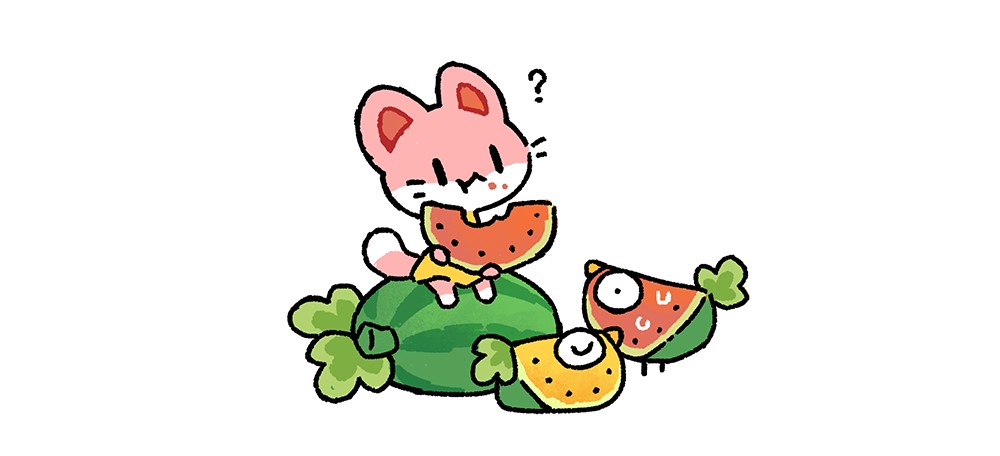
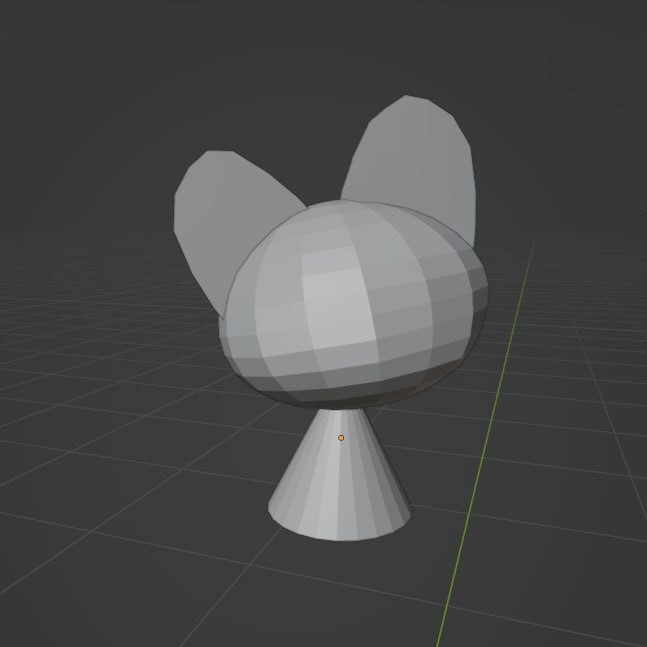





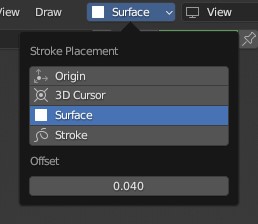
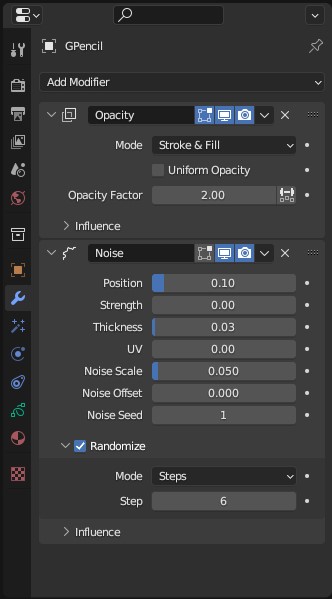



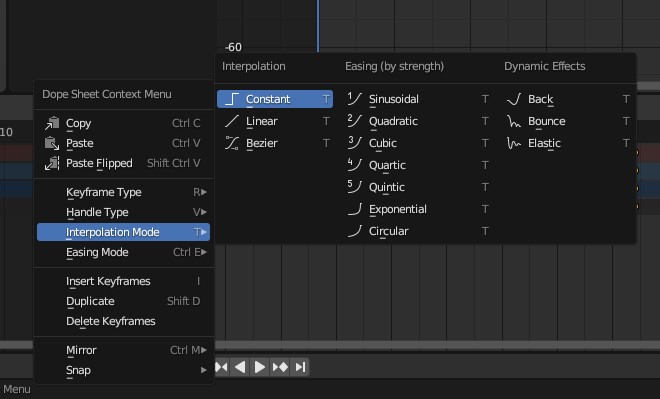

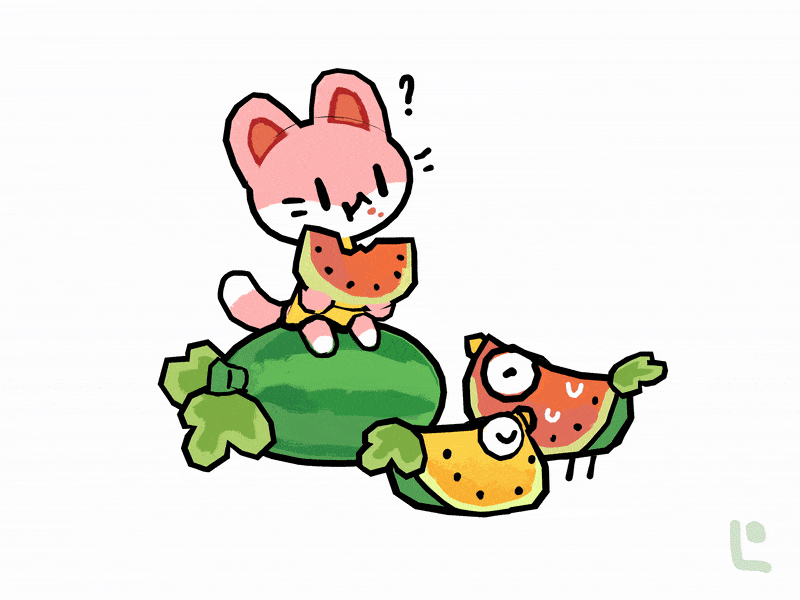
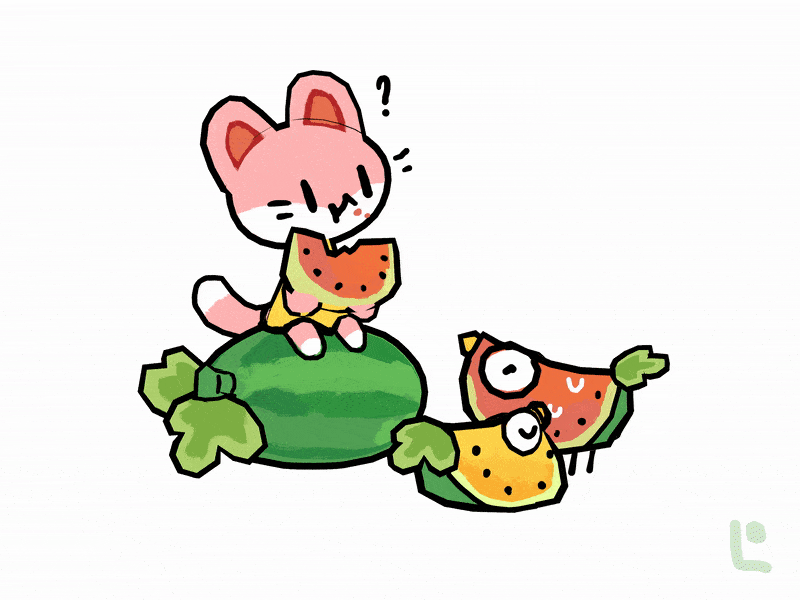
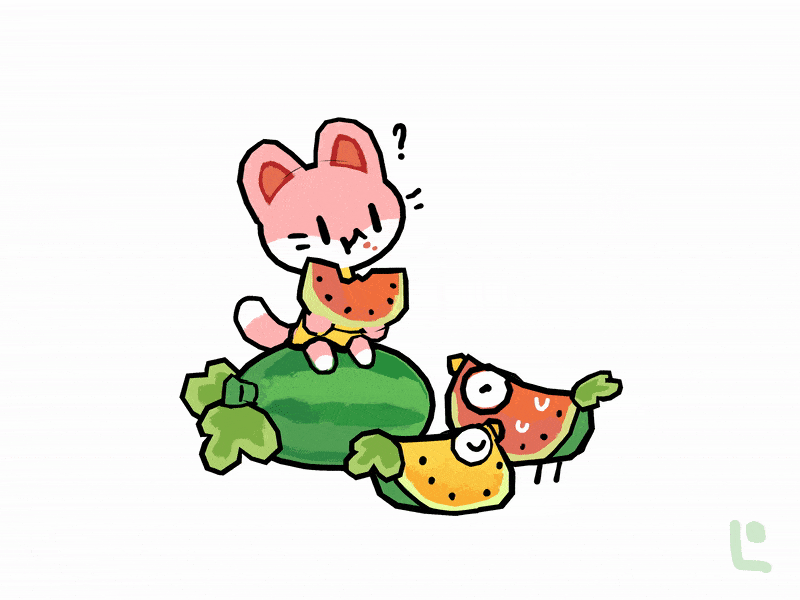
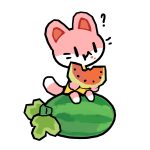
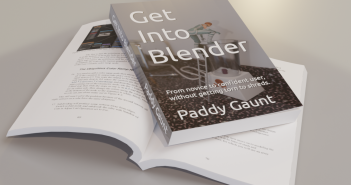
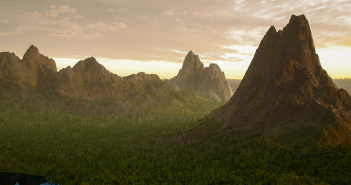
1 Comment
This looks pretty cool. Nicely done.